Meet award-winning photographer, educator, and 500px ISO contributor Dave Brosha. His work has been published in Reader’s Digest, Toronto Star, The Globe and Mail, CBC, Vancouver Sun, and many other media outlets, and his clients include 2010 Vancouver Olympics, Ford Motors, National Hockey League (NHL), and former United States Vice-President Al Gore, who used some of Brosha’s images in his international global warming speeches. Based in Yellowknife, Northwest Territories, Brosha expertly photographs extreme landscapes and creative portraits. In this story, Brosha reveals how—by accident—he produced and shot his series, “Warrior: Fire and Ice” which captures riveting portraits of a Mi’kmaq warrior and dancer—indigenous to Canada’s Maritime Provinces—during winter and summer. Read on, and get great insights and lessons on shooting creative portraiture!
by Dave Brosha
I’ve always resisted sticking to one genre of photography, and have instead embarked on a diverse career of photography anything and everything that has caught my eye. Over the course of my career as a generalist, I’ve shot a lot of images that I suppose could fit into the “personal favorite” category. These are the images when you have that special feeling inside—that you’ve captured something special right in the moments after creating it, and you can’t wait to head back home and see the image in full size, and share it with others. This doesn’t happen every day, but when it does, it’s always an amazing feeling.
But what resonates with you as the photographer doesn’t always resonate with others, which is also cool. Personally, I always shoot to make myself happy, even when I’m shooting client stuff. It’s how I can be passionate about my client work. If I feel great about a photo, I pretty much ignore the response (or lack, thereof) from others.
However, when you have created an image that truly resonates with others, it can be a magical thing—a force almost onto its own.
My image, “A Warrior’s Soul” was one of those rare images that made a connection for me beyond my own small circle of support. Photographed way back in 2010, a week doesn’t go by where someone doesn’t come up to me to bring it up, or stop in my gallery to discuss, or send me an email inquiry about prints. It’s an image that I consider to be a sort of spiritual image: not due to anything specific that I did, but rather the combination of pose, the early morning light, and the power of a moment. I think it’s the spiritual nature of the image—my subject is caught in a moment of silent prayer—that resonates with people.
And it almost never happened.
My subject in this image and in my series, “Warrior: Fire and Ice” is Danny Boy Stevens, a Mi’kmaq native aboriginal person originally from Nova Scotia, located on Canada’s east coast.
One day while working at my studio, I had an inquiry come in from Danny to photograph himself, his girlfriend, and his dog in the studio. Standard stuff that many studio and family photographers take on because either (A) they need to pay the bills, or (B) they genuinely like people and love capturing those moments that make their subjects say “wow” when they see the images. I fall into “B”. Even as my own career progressed, and my work has taken me to far-off places, I still love the challenge in family portraiture to think beyond the payment of bills and instead think of sessions as an opportunity to connect to people through a lens.
So, we set up a studio session. The studio session itself went really well—four walls, basic backdrops, a variety of expressions, poses, and moments over the 60 minutes we spent with each other. But then the “next big thing” happened. In my career, I’m always on the lookout for those moments that lead to other moments. The moments that you look back and say, later, “it was meant to be”.
After we finished our studio session, Danny was walking the halls of my studio and gallery. He stopped by a couple of my creative portraiture examples that were hanging on my wall. These were conceptual images that I had shot purely for myself, and the love of exploring my artistic side rather than any specific client. He was drawn in. After a few minutes of looking around, he came back to me with his iPhone in hand.
“Dave, I should show you this thing that I do.”
On his phone were some snapshots of Danny in his “other” world, aside from his 9-to-5 world as an airline mechanic. I looked at images of an entirely different person: Danny, non-recognizable and dressed in his immaculate, intricately-designed regalia, dancing in one of the many pow-wows that he said he attended.
I was speechless, but not for long. Immediately, I said, “Danny, we have to shoot this!”
I didn’t wait. Although it was winter and the temperature outside was pretty bitter, we set a photo shoot date in late January. I should point out: late January in Yellowknife is in the -30C range.
We went out and started shooting, after doing a brief in-studio session to start the afternoon. Him, his regalia, myself, and a couple of lights. At one point, he asked if I could pull my vehicle near to put on the music of his people, the music that he would normally be dancing to. “I feel weird doing this without music,” he explains. So I obliged.
After an hour of shooting in the cold, snow, and ice, I was afraid I was going to permanently freeze him. He was game to keep going, but I called a stop.
The images from that session were amongst my favorite that I had ever photographed up to that point. But I wanted to explore the theme further—a spiritual “warrior” in nature. I brought up the idea of Danny doing a summertime shoot; a 180-degree change from our first shoot to mark the changing of the seasons that when paired together would represent the entirety of a person. Danny loved the idea, and so we set a late August date.
In the winter months in Yellowknife, we contend with the cold and dark. In December, for example, we’re limited to only a few hours of daylight due to how north we live. But during summer, it’s the opposite. We get close to 24 hours of daylight, which can be both a photographer’s dream and curse—depending on your point-of-view. You can photograph easily at 11 P.M. when there’s still lots of light. But if you’re looking for true “magic light”, it means shooting at times of days that other photographers might consider challenging.
For this particular shoot, I envisioned the sunrise, which means meeting to start getting ready at about 4:00AM so that we would be in place for sunrise. It takes a long time for Danny to put on his regalia and face-paint.
At around 4:30 A.M., I, Danny, and my assistant Andrea hiked up to this location I had scouted out that would give us a spectacular view of the rising sun across the water. We quickly set up. My lighting style and set-ups are not dependent on a lot of people or an abundance of lights. I love the beauty of natural, ambient light. I prefer to use my lights as a compliment to what’s already there.
But as we neared the end, my heart sunk. We were setting up studio lights, and I realized I made one of the most amateur mistakes in the book: I forgot my battery pack back at the studio. Despite all my pre-planning, I forgot the tool that would allow my lights to turn on. Wow.
The pre-dawn sky was getting brighter, and I knew I didn’t have the luxury of time to head back to the studio and get what I needed. All I had with me aside from the studio lights that required the battery pack were one Canon 580EX off-camera flash—this, I had a trigger for. But I hadn’t brought any modifiers designed for off-camera flash, only the larger studio lights. However, if I didn’t know how to improvise and wing it, then I wouldn’t be a photographer as I find almost every single shoot throws you its own unique set of challenges.
So, quick—think.
“Andrea, can you go like hell back to the studio and get the battery pack? I can start working with what I have here. Two rules: don’t speed and don’t crash.”
“Danny, everything’s perfect here. Just figuring out some lighting things. You just keep getting ready.”
And to myself, I thought, “Dave, get a flash up on a stand and start shooting. Don’t worry about modifiers. You have great ambient light. Just feel it.”
So we felt it. And I shot.
And shot some more. The light shifted from deep magenta to pinkish to finally warmth.
And I continued to shoot.
I started off by asking him to pose, but the magic really started to happen when I just said “Danny, do your thing. Forget this is a photo shoot and dance like you would dance, if you were just doing your thing.” Right away, the mood of the shoot changed, as did the poses. I caught him in serene moments, where he’s in a moment of prayer, very different from the imposed poses.
Andrea eventually returned with the battery pack, and we continued shooting until the sun was well above the horizon. Immediately, I knew we had collectively created something special, but it almost didn’t happen. If I hadn’t photographed quote-unquote “boring” family portraits in my studio, then it wouldn’t have happened. If we hadn’t had the perseverance to not stop at the first photo shoot, it wouldn’t have happened. If I hadn’t had at least a little bit of back-up gear with me, it wouldn’t have happened. And if I had went into the shoot with a strict idea of the pose I wanted to capture, it wouldn’t have happened.
It has gone on to become my “signature” series—if there is such a thing. It’s the kind of work that, even though it’s been four years since I photographed it, remains special to me to this day.
To see more of my photos, follow my work on 500px, or visit my official website. You can also connect with me on Facebook and Twitter.
Got questions for me about my photos, my process, and techniques? Leave a comment below!







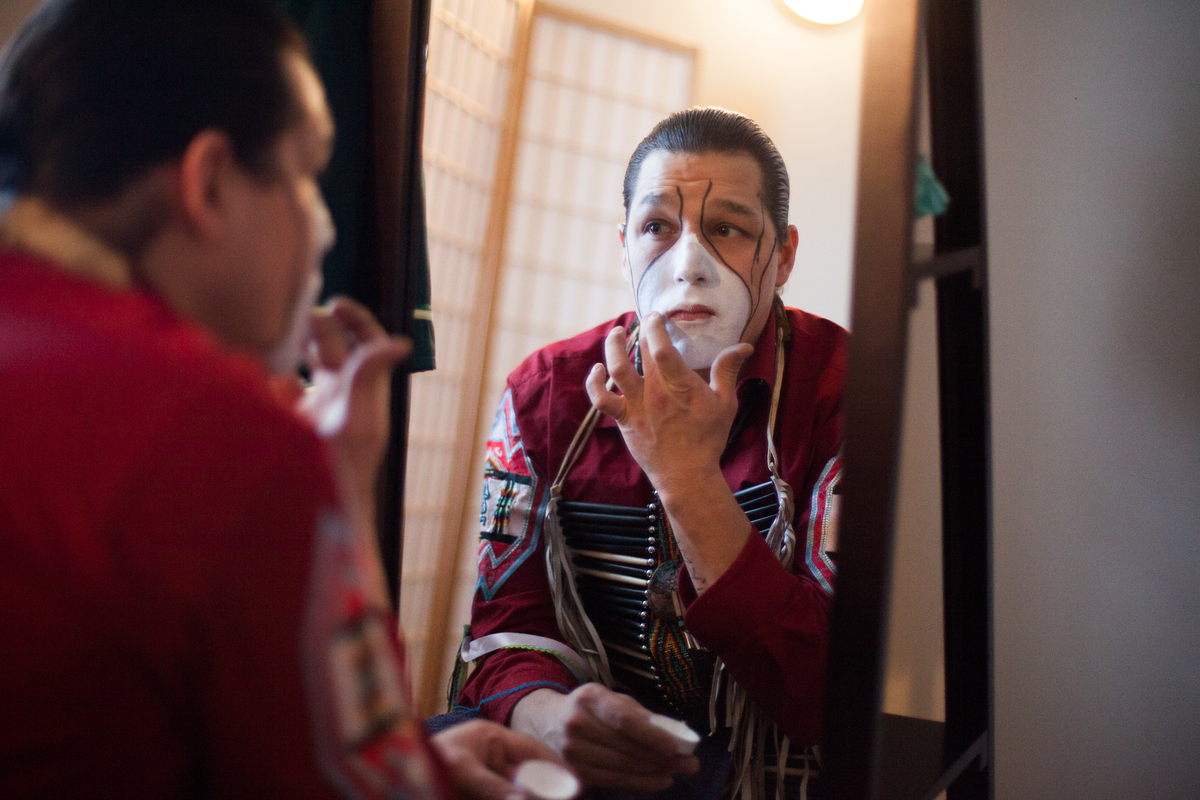
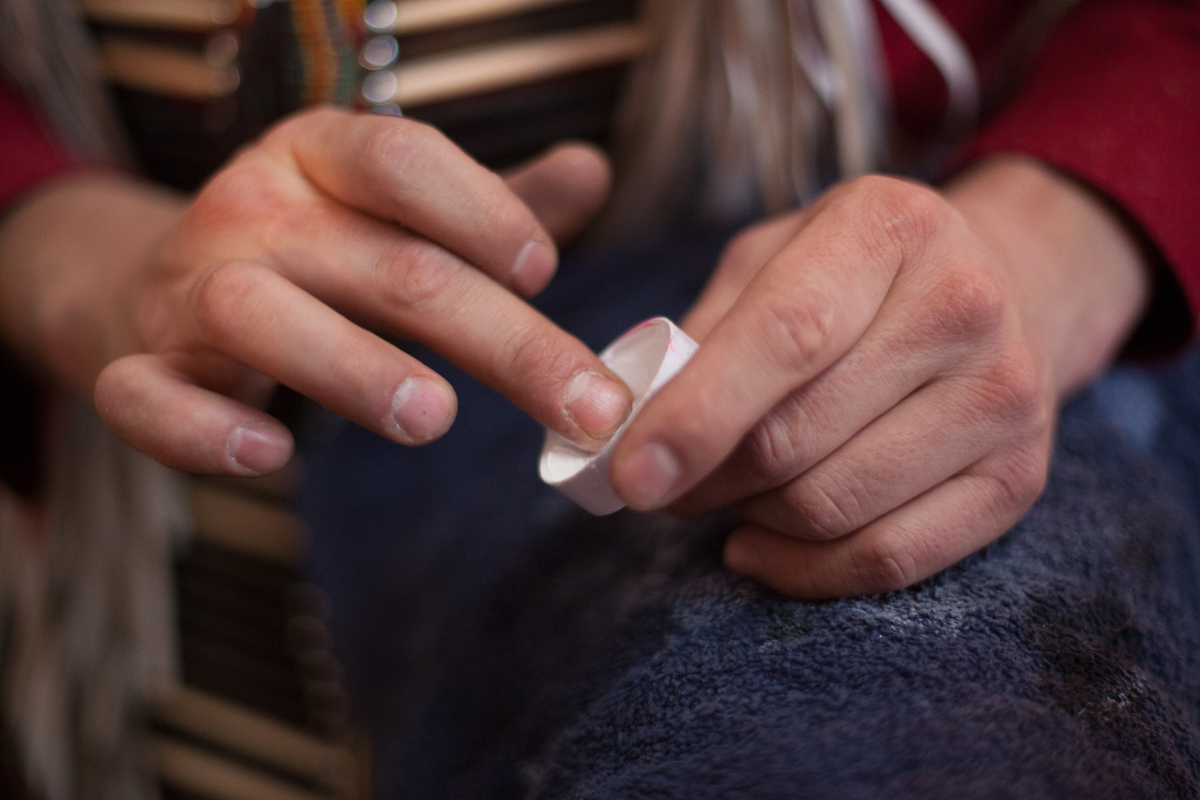
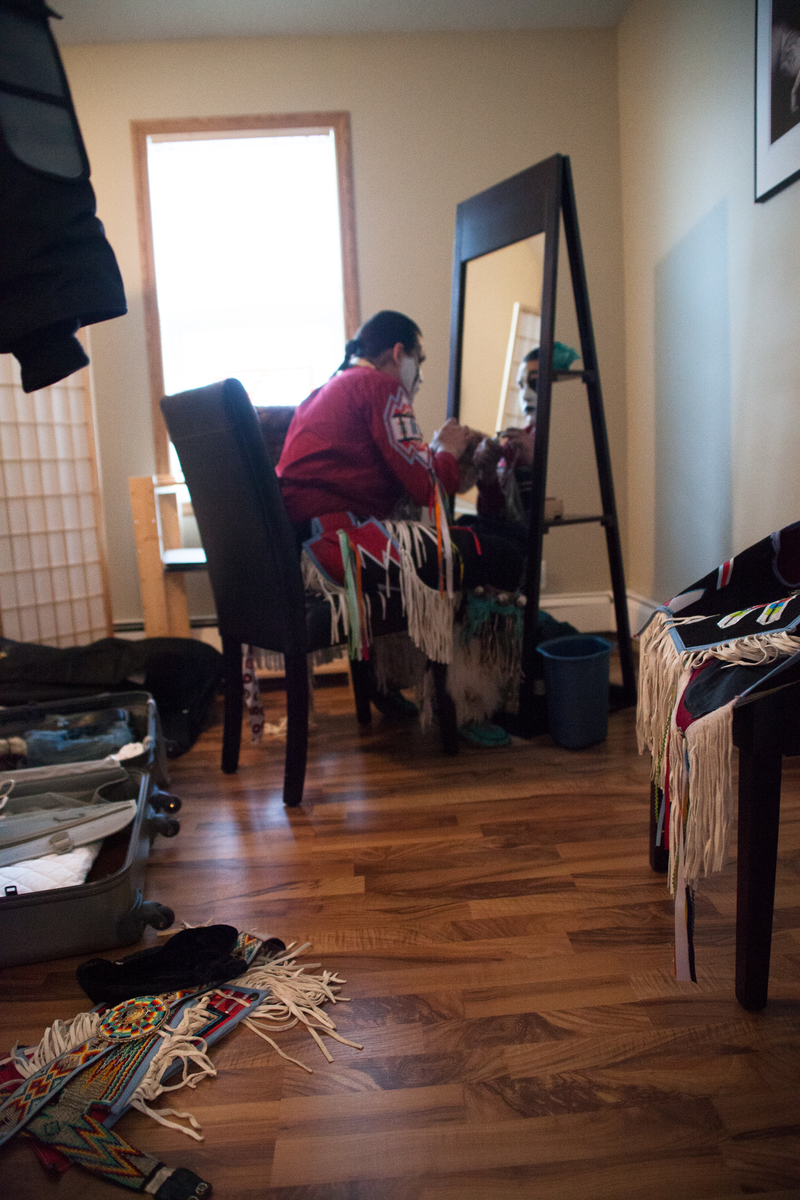






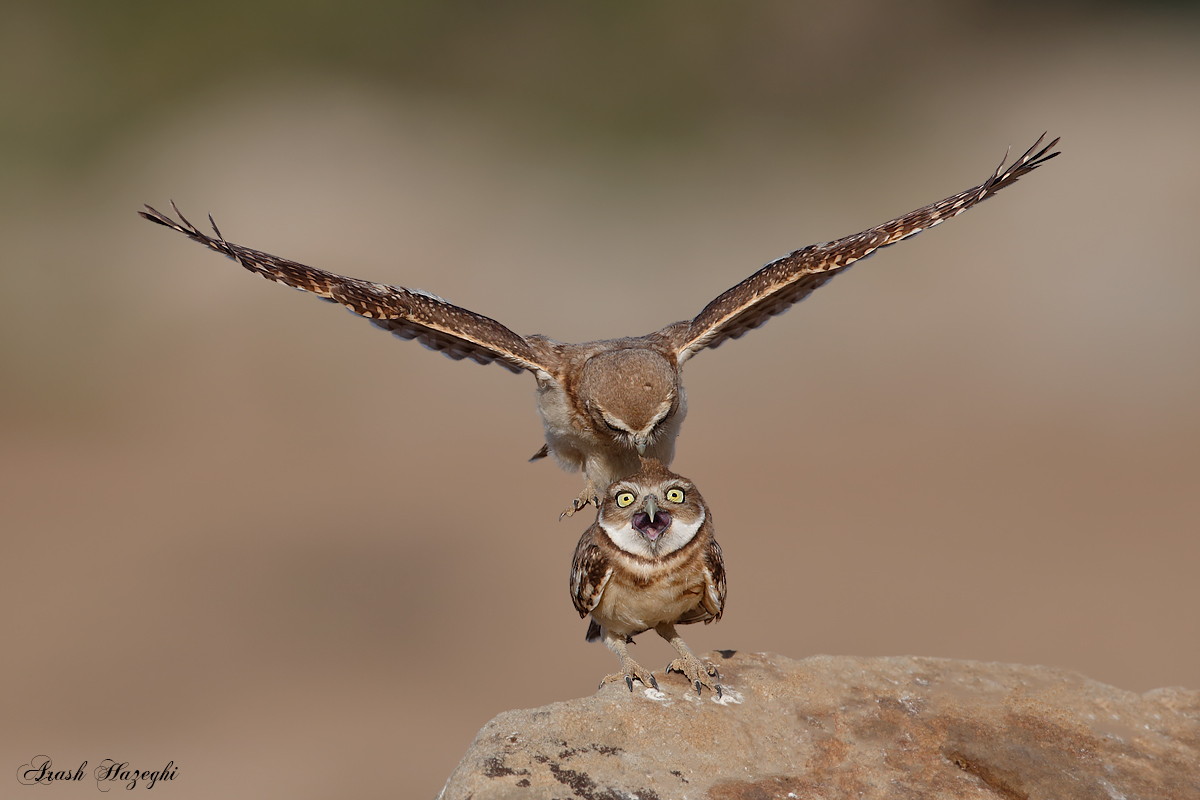
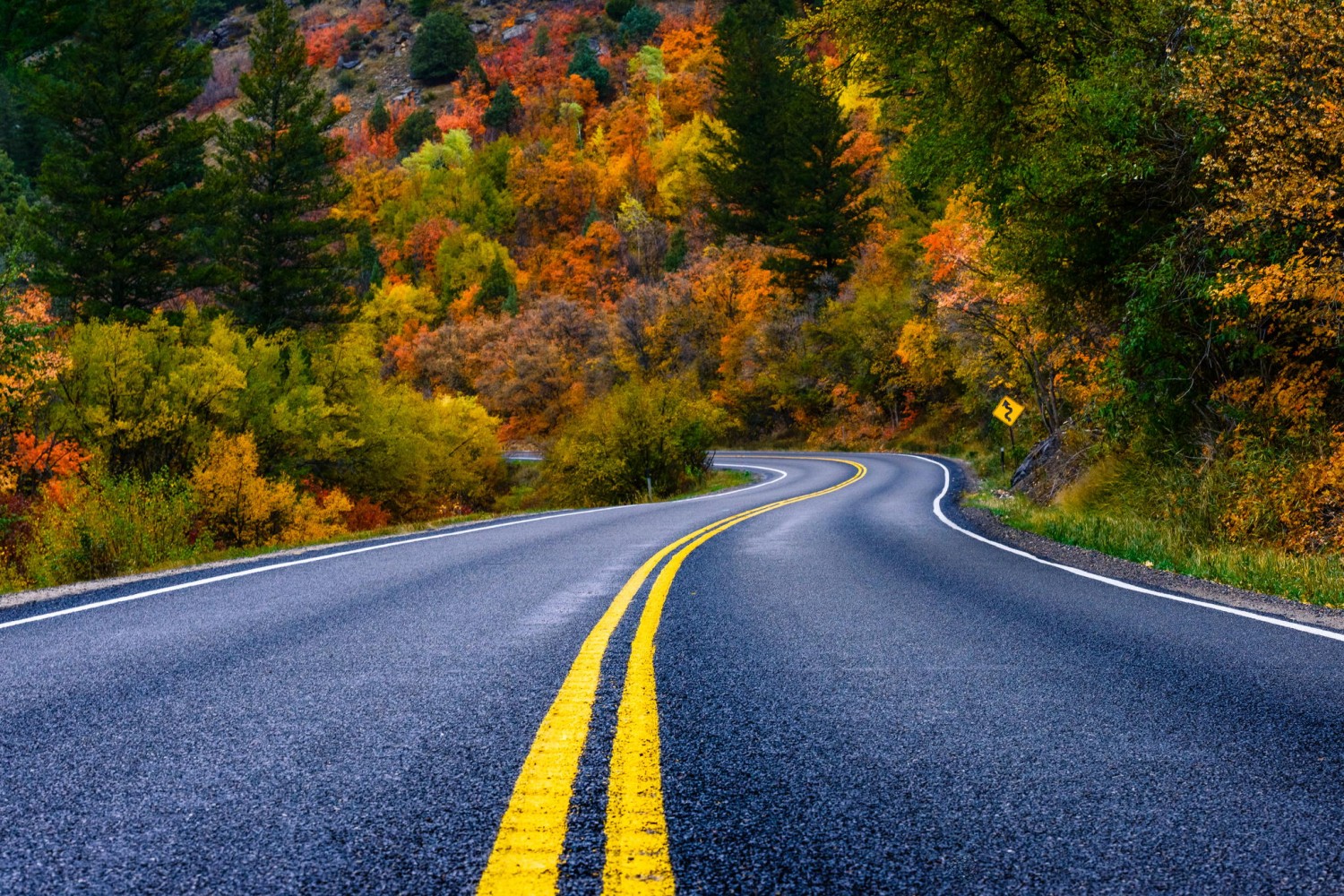

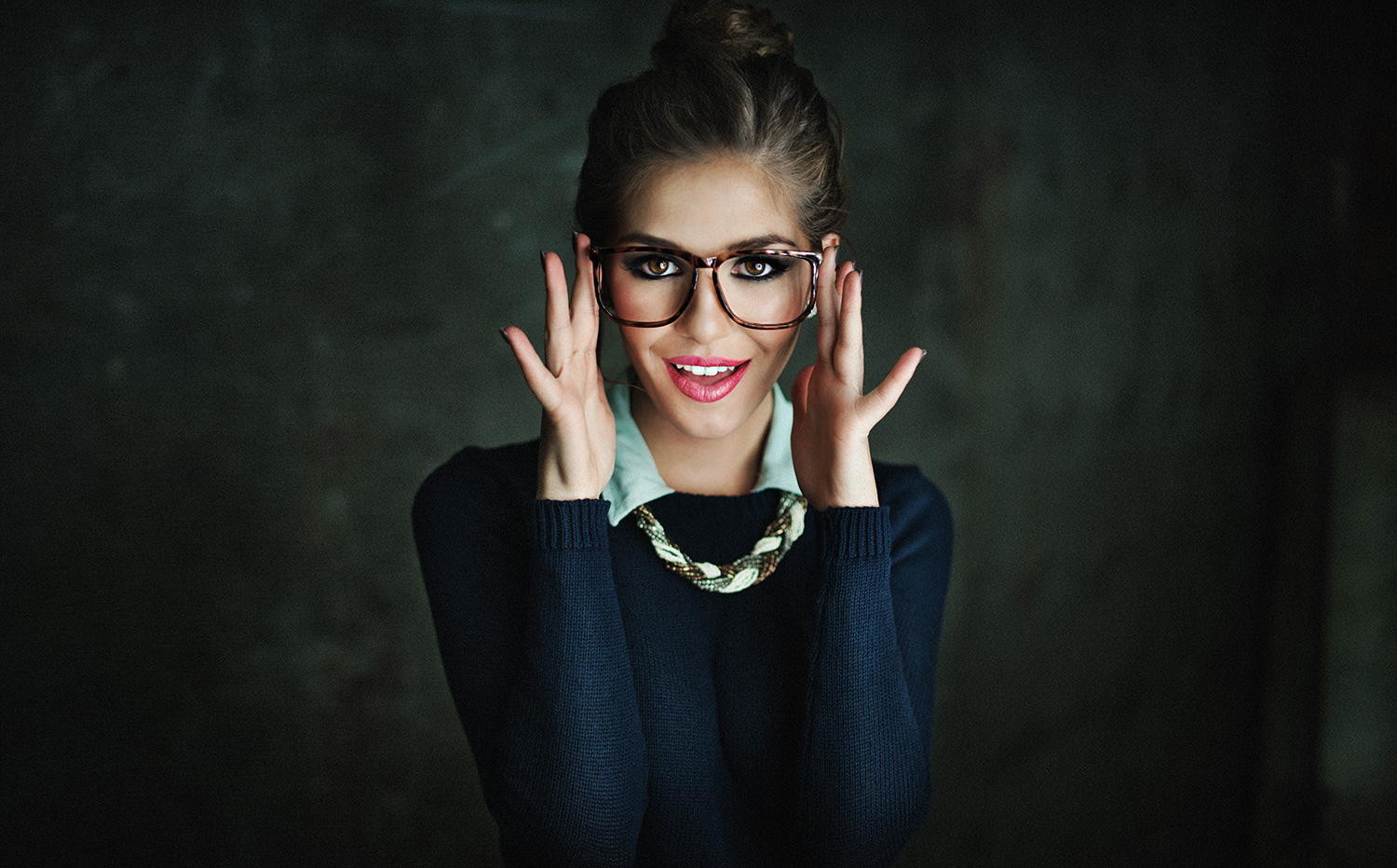
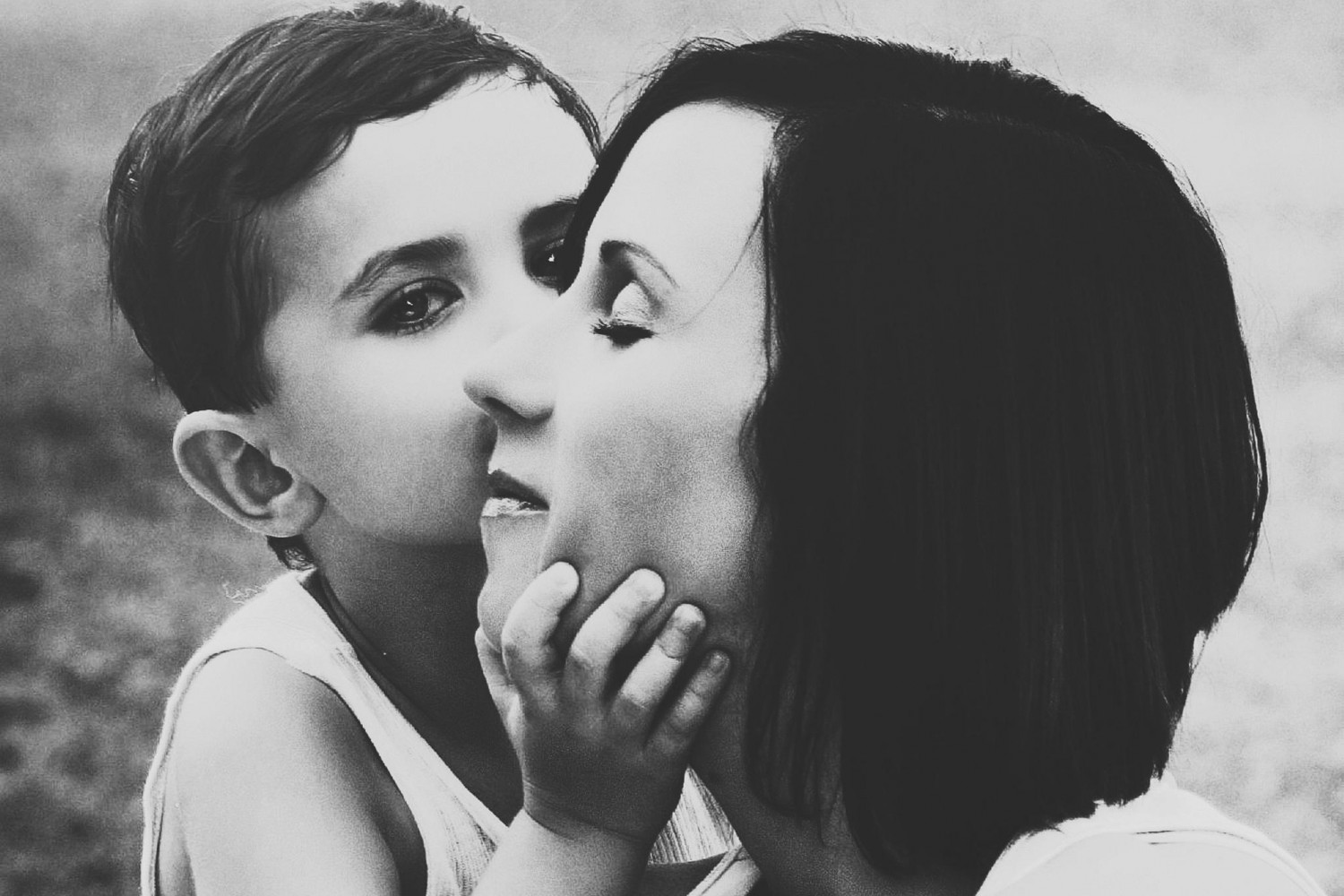
Leave a reply